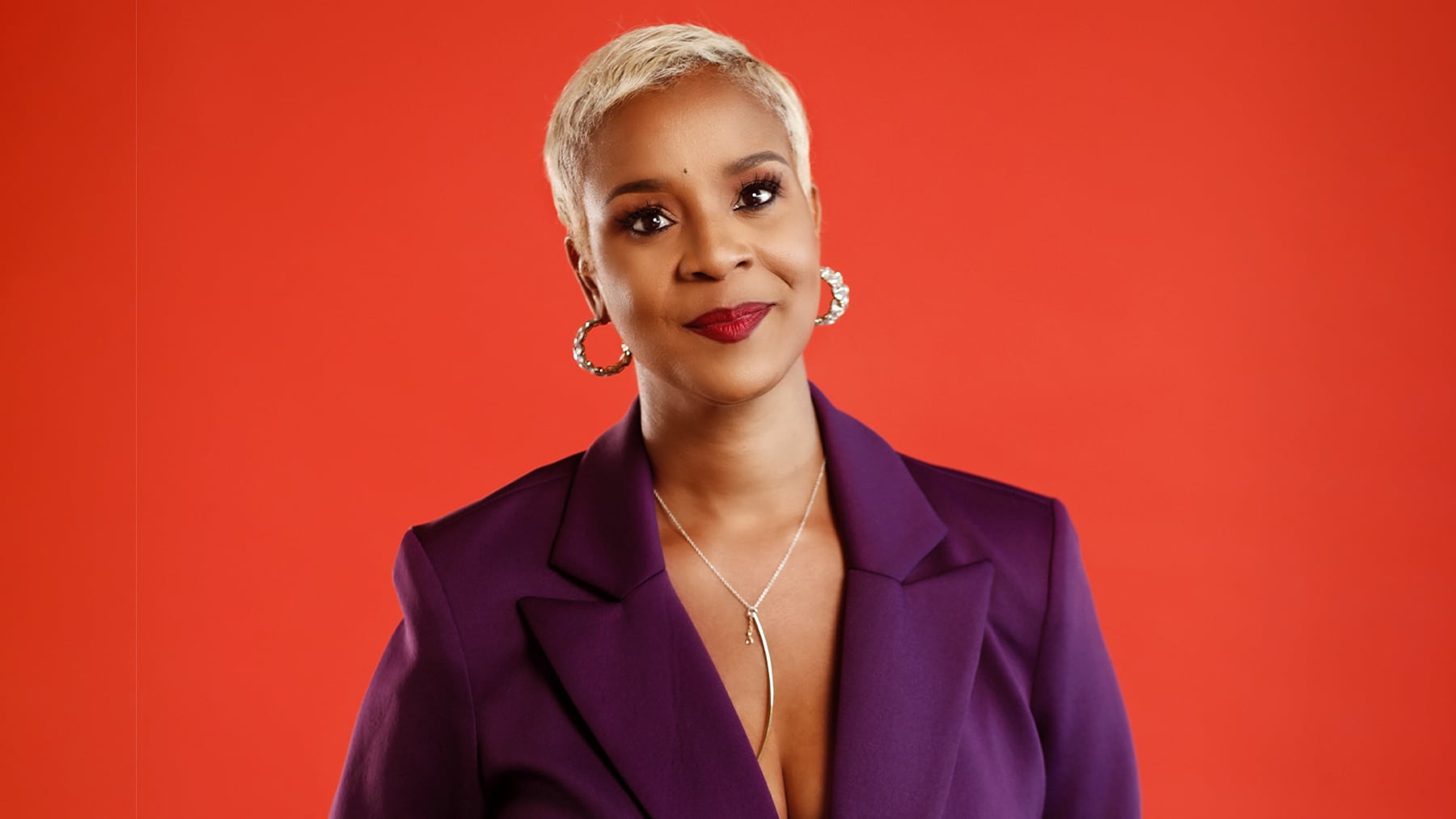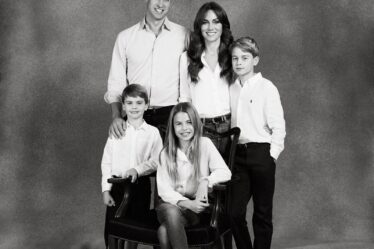
The author has shared a Podcast.You will need to accept and consent to the use of cookies and similar technologies by our third-party partners (including: YouTube, Instagram or Twitter), in order to view embedded content in this article and others you may visit in future.
Subscribe to the BoF Podcast here.
Background:
As founder of Harlem’s Fashion Row, Brandice Daniel is a change agent. For more than 15 years, she has been working to bridge the gap between the fashion industry and Black and Latinx designers who often don’t come from famous fashion schools like Parsons or FIT.
Following the surge in interest in diversity, equity and inclusion following the murder of George Floyd, there are growing headwinds which are stalling progress.
“We’ve regressed so far, so fast. It is really disappointing, especially in an industry that is supposed to be cutting edge … How can you be innovative without addressing DEI?” she says.
This week on The BoF Podcast, BoF founder and editor-in-chief Imran Amed sits down with Daniel to discuss how the industry can foster real change.
Key Insights:
- Harlem’s Fashion Row was founded in 2007 — long before DEI became a corporate buzzword — after Daniel noticed how little diversity there was at US department stores. “[I] realised that less than 1 percent of the designers that were on those websites at the time were designers of colour, however … African-Americans were spending $22 billion a year on apparel. And that was when I really got my aha moment.”
- 2020 was a pivotal year for Harlem’s Fashion Row. After George Floyd’s murder sparked global conversations around racism and representation, more fashion and retail brands opened the door to diversity. “It was very easy to tell during those days who was wanting to do very performative work versus who actually was interested in doing the work,” Daniel explains. “The companies who were doing the work before 2020, they are still doing the work.”
- Still, despite the momentum that 2020 brought, she’s been disappointed in the lack of long-term action. “We’ve regressed so far, so fast. It is really disappointing, especially in an industry that is supposed to be cutting edge … How can you be innovative without addressing DEI?,” she says.
- When it comes to finding your sense of purpose, Daniel believes in focusing on your goal, rather than the nitty-gritty of the process of achieving it. “Don’t worry about the how. Just worry about the what and the why. If you focus on the what and the why and just allow the how to unfold as you just take one step forward, you will see that so many incredible things will happen.”
Additional Resources:
- UK Fashion Industry Isn’t Making Progress on Leadership Diversity, Report Finds: The first-ever UK Fashion DEI Report calls for more robust diversity targets and for leaders to acknowledge the connection between inclusion and profitability.
- A New Lawsuit Puts Fashion’s Corporate Diversity Efforts in the Crosshairs: The litigation, brought by the same conservative activist who led the successful campaign against affirmative action in college admissions, targets a Black-led VC fund that has invested in beauty brands Brown Girl Jane and Bread Beauty among others.
- Protecting Fashion’s DEI Efforts During Market Disruption: To discuss how fashion can bolster its efforts in inclusive recruitment and retention strategies, BoF Careers co-hosted a panel with The Outsiders Perspective. Its founder, Jamie Gill, was joined by Selfridges’ head of recruitment, Sharlene John, and Capri Holdings’ global diversity and inclusion manager, Ben de Pfeiffer-Key. Now, BoF shares key insights from the panel.



